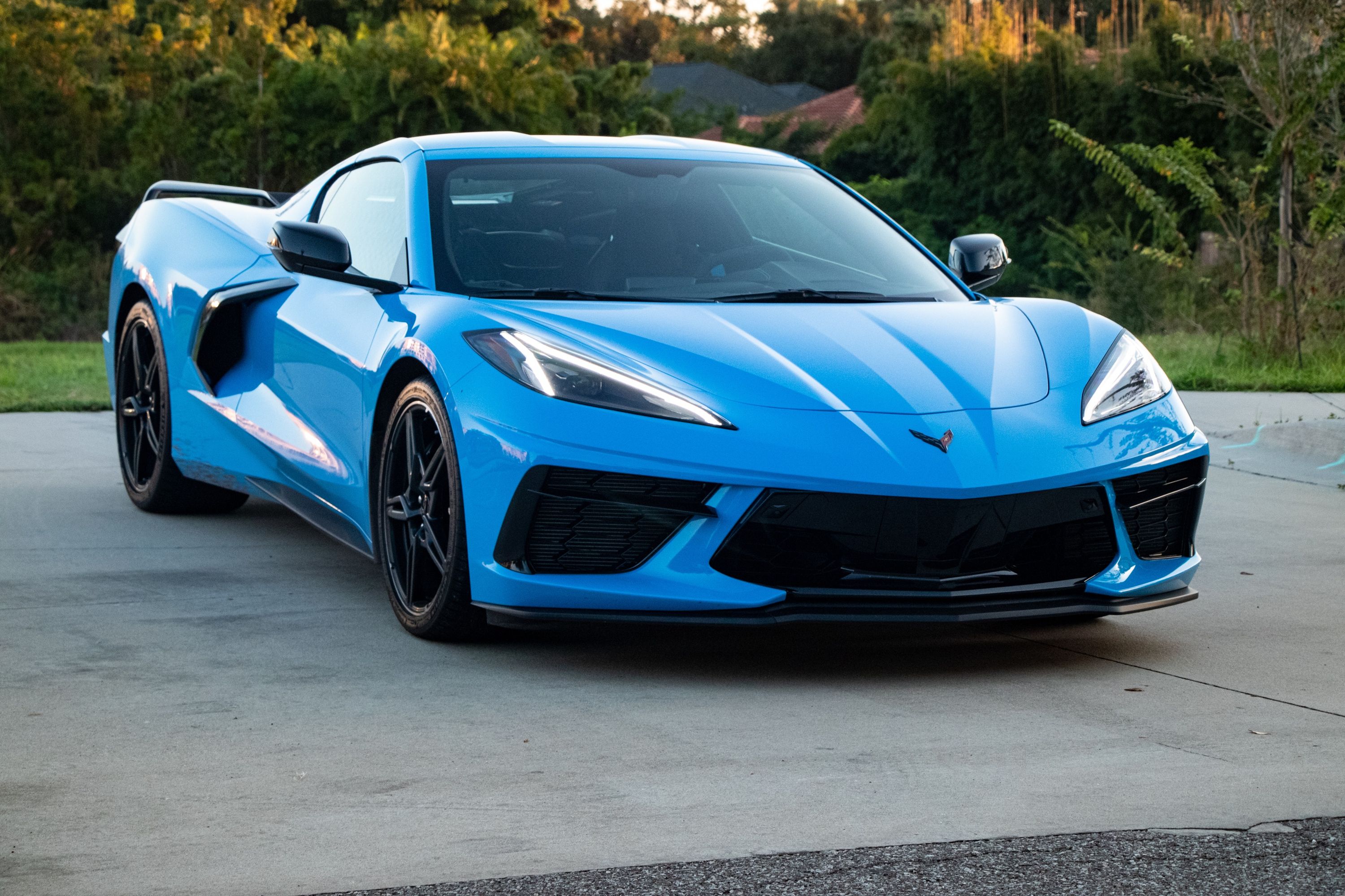
There's been plenty of talk lately about the upcoming C8 Corvette Z06, although it may not be the most interesting new variant. That honor could fall to the hybrid model, rumored to be called the E-Ray. Given GM's announcement it plans to be an all-electric automaker by 2035, the Corvette's future (assuming it has one) is pure electrification and the E-Ray represents the first step in making that happen. Supposedly due for the 2023 model year, new details have been revealed thanks to SAE.org writer Don Sherman. The information appears to be quite accurate.
The E-Ray will take the place of the Grand Sport, which we've known for a while now, meaning it'll be slotted in between the base Stingray and the more hardcore Z06 and, further into the future, the also rumored ZR1 Zora. As expected, the aluminum structure of the Chevy Corvette Stingray is already designed to accommodate GM's Ultium "pouch style" lithium-ion battery cells.
They'll be located in a 2-cubic-foot "box" within the structure's backbone that currently houses coolant lines from the front radiators to the LT2 V8 engine. Already done and ready to go for the hybrid are the C8 Stingray's front spring, damper, and steering components that'll enable a pair of electric motors to have a straight shot to the car's front wheel hubs.
The E-Ray's drive system also sounds quite interesting and the details here are quite precise: "Two independently controlled 50-plus hp (37-plus kW) AC electric motors butted together will raise the Corvette hybrid's total output to more than 600 hp (448 kW). The mid-mounted LT2 6.2-L V8 and its 8-speed Tremec dual-clutch transaxle will continue in the E-Ray's hybrid system with minimal changes." These motors, as expected, will take up a chunk of the front trunk space though exactly how much is still unknown.
Another unanswered question is whether the E-Ray will be a hybrid or plug-in hybrid. Regardless, "significant performance" improvements will happen thanks in part to an improved power-to-weight ratio and enhanced launch and traction capabilities with the "eAWD" system. The hybrid system may even be able to "give the motor a break" by being capable of fully powering the car when cruising. Improved fuel economy numbers are another hybrid system benefit.
In fact, the E-Ray Vette will be eligible to access city centers where combustion-engined vehicles will soon be banned. The cost for all of this? Less than $100,000 for sure.
